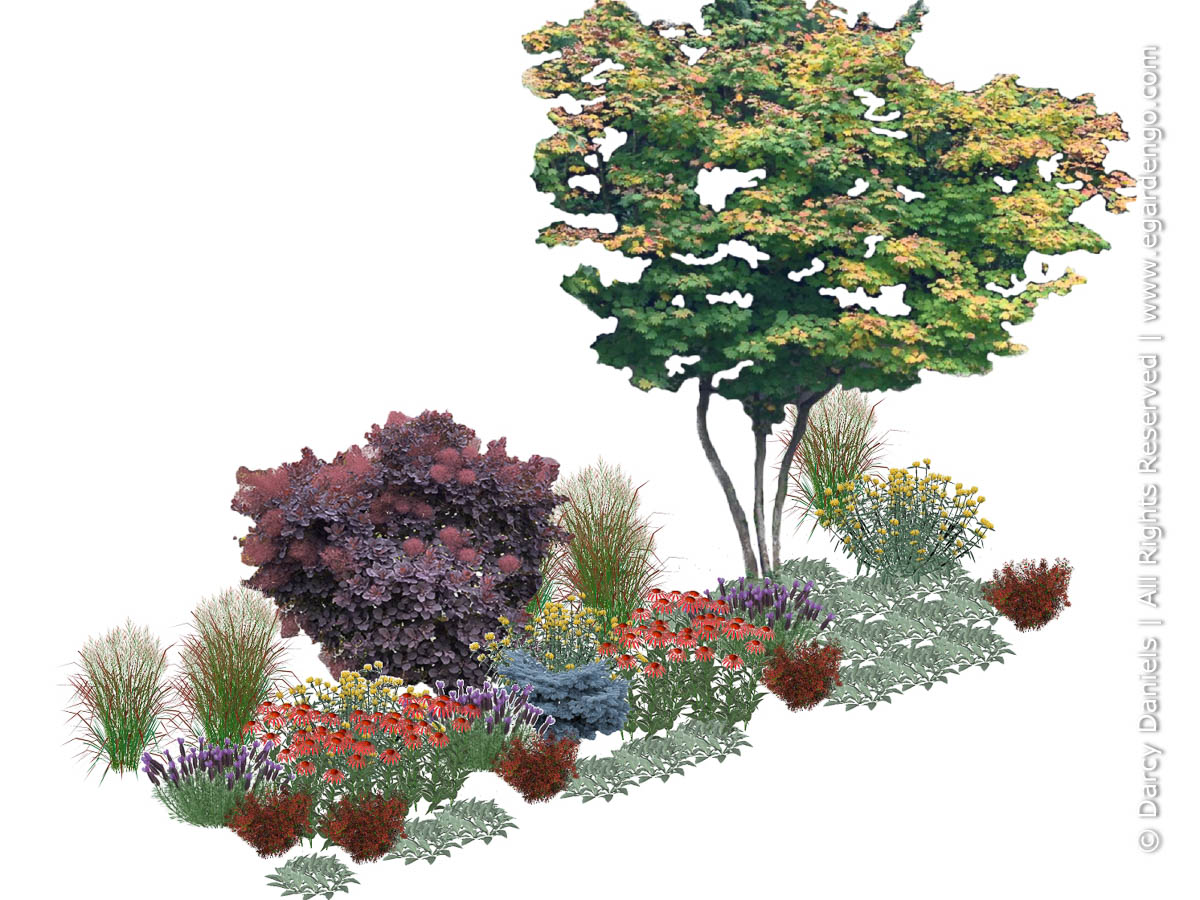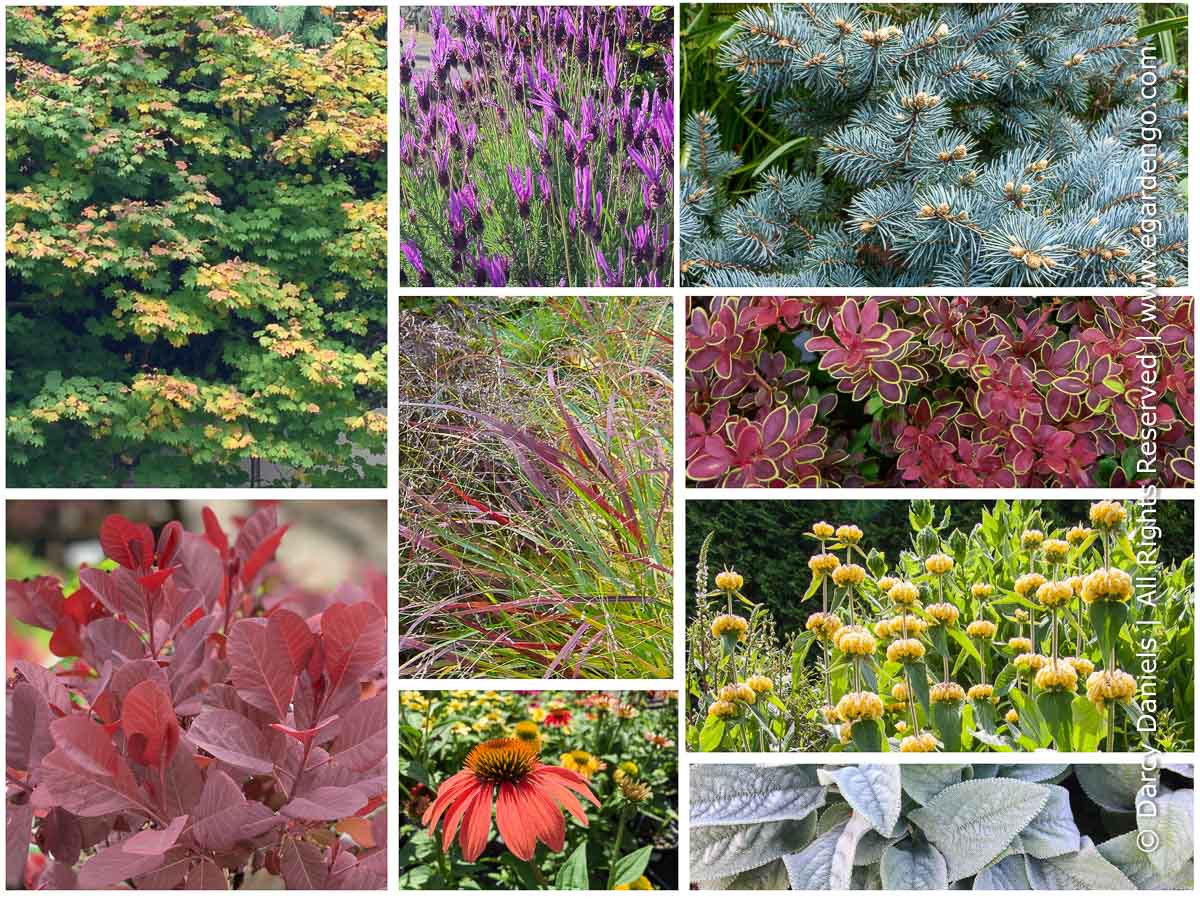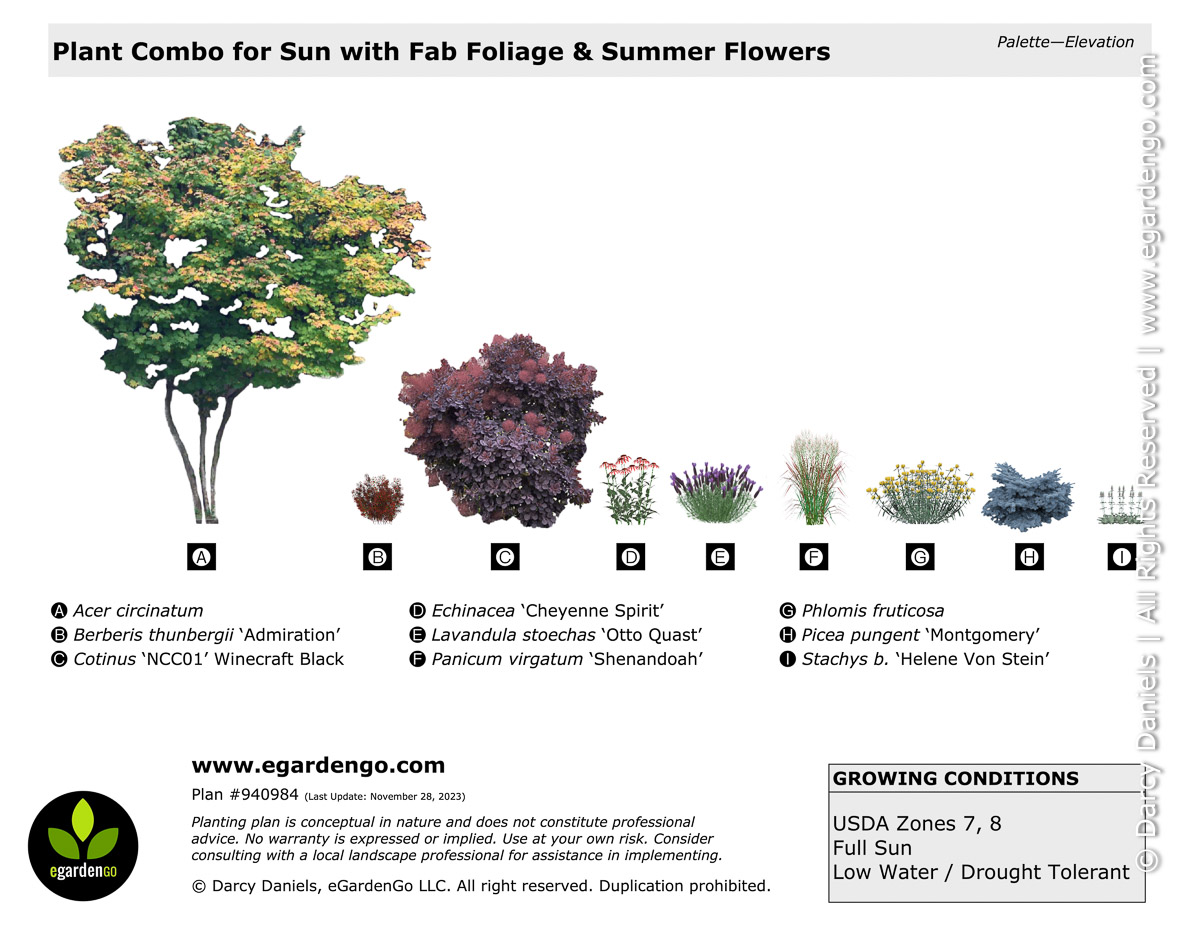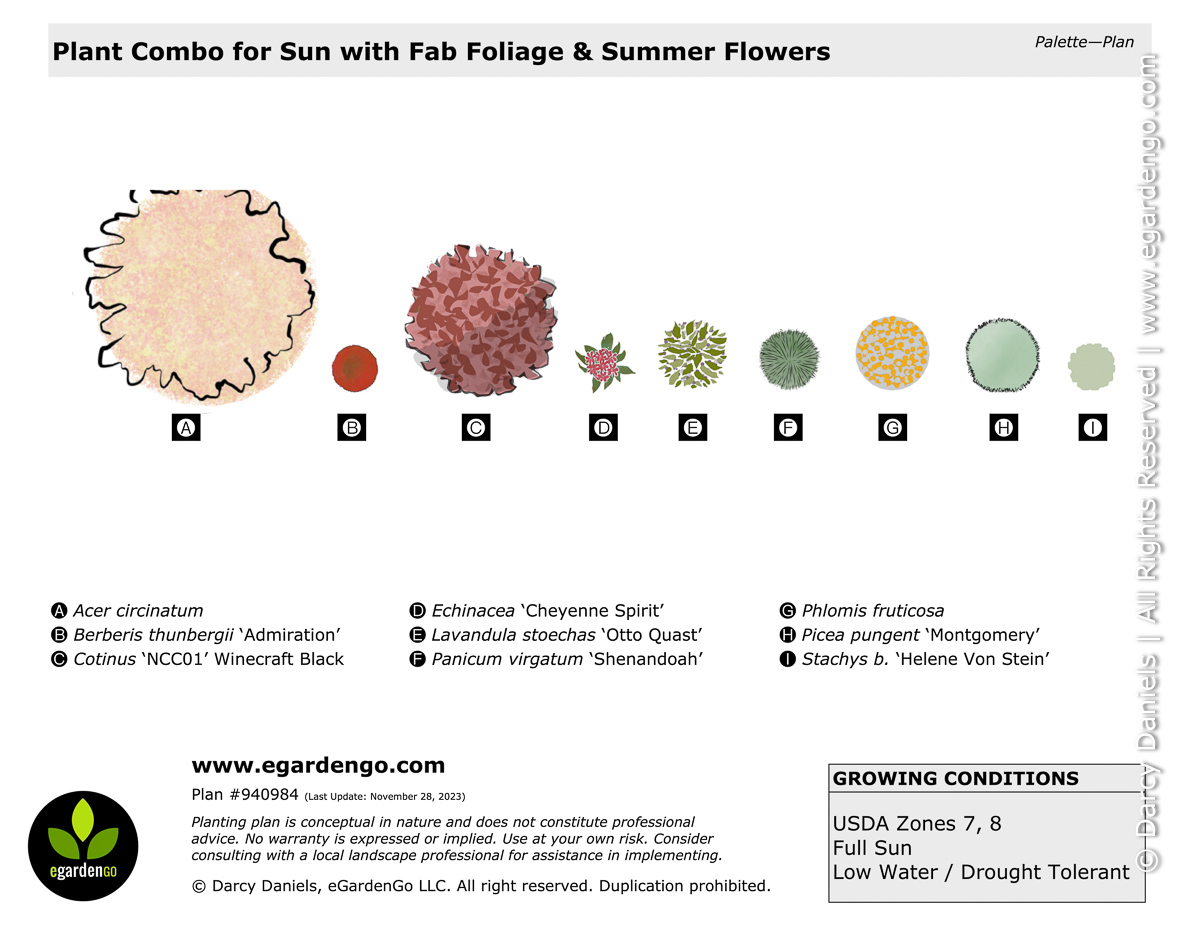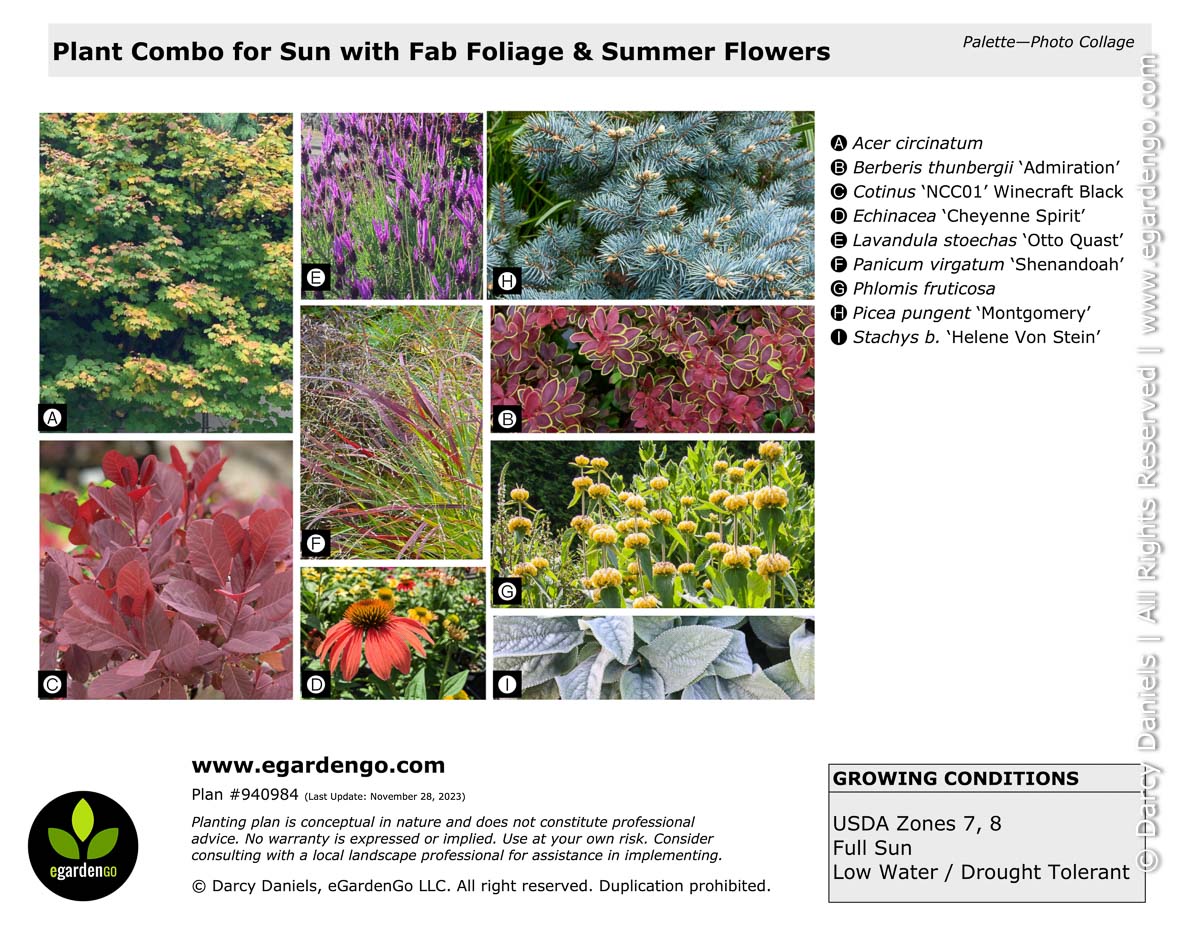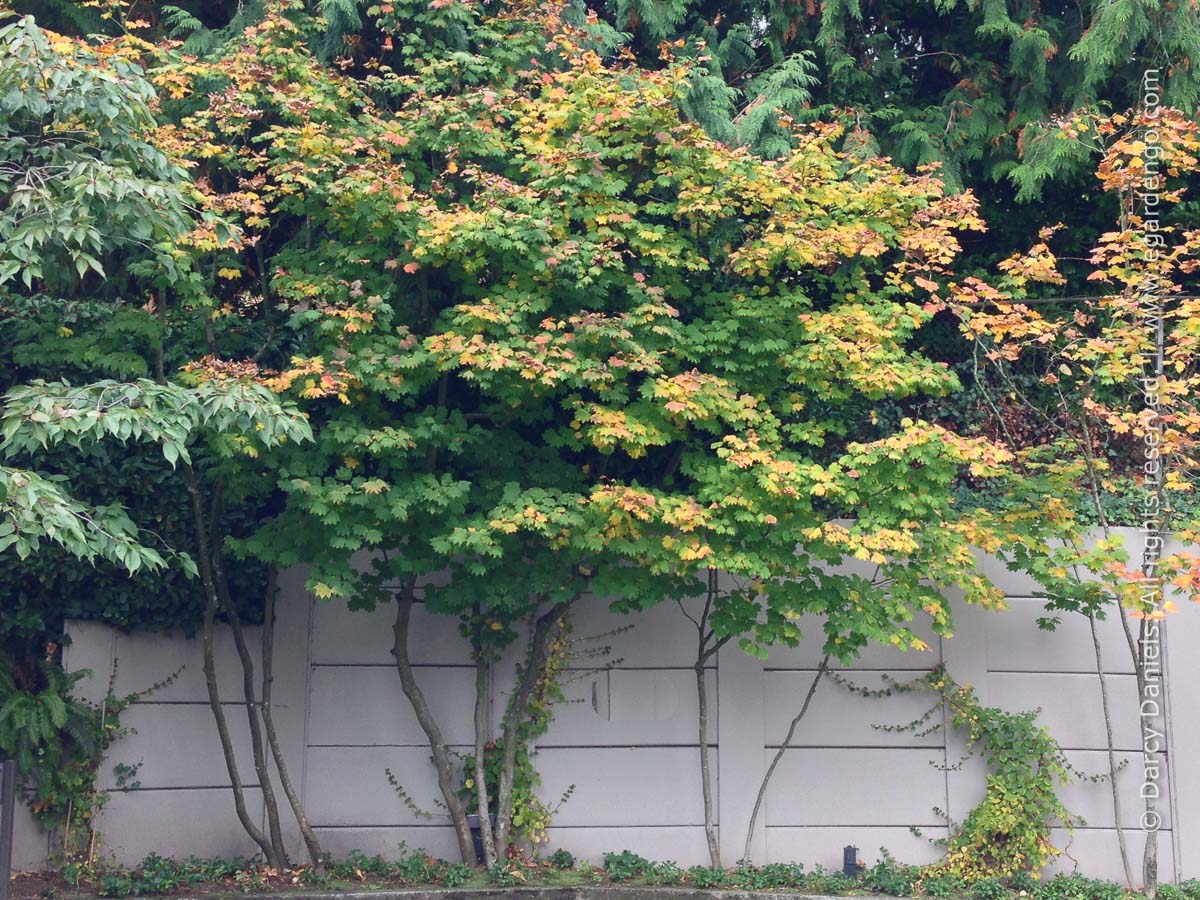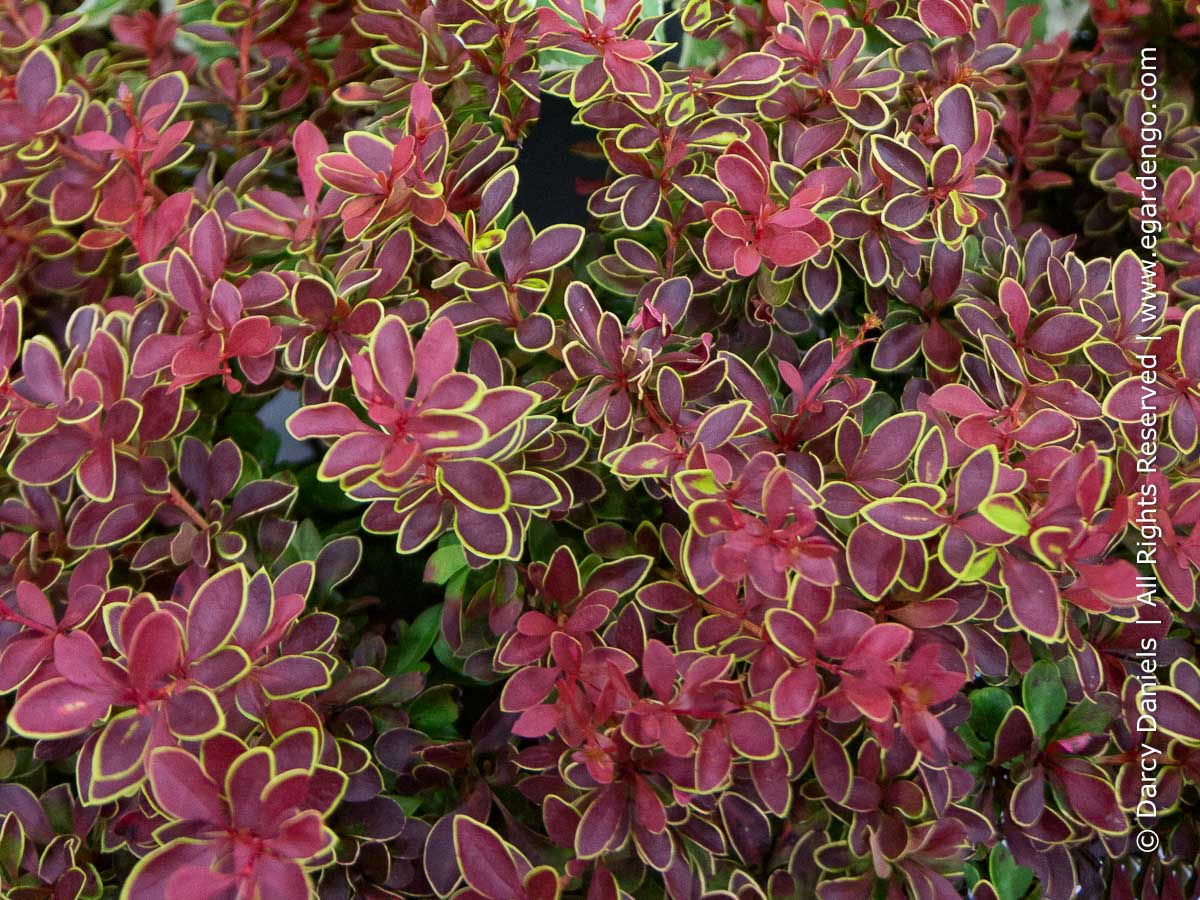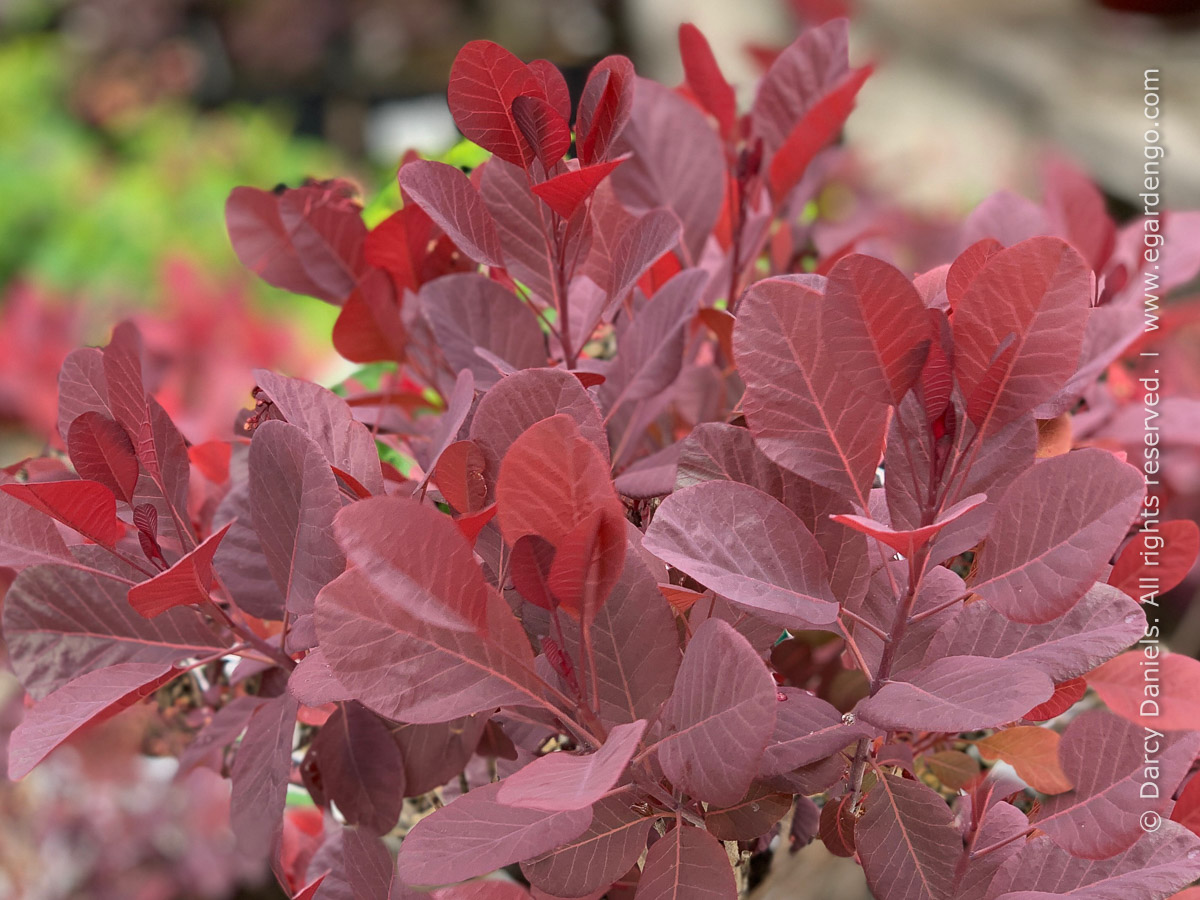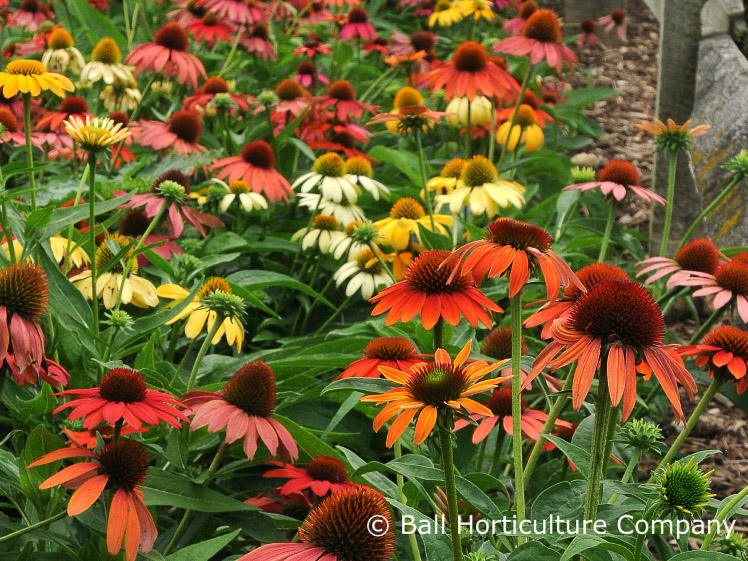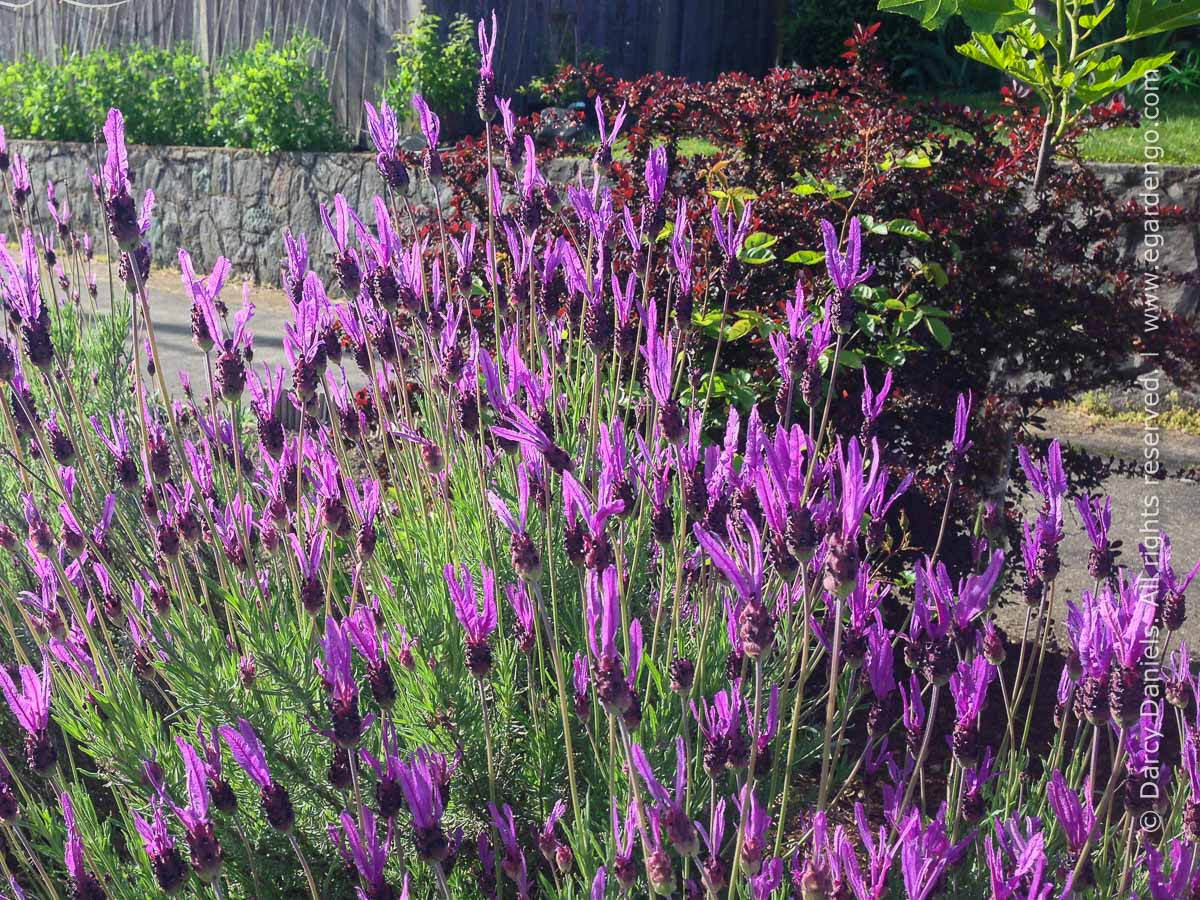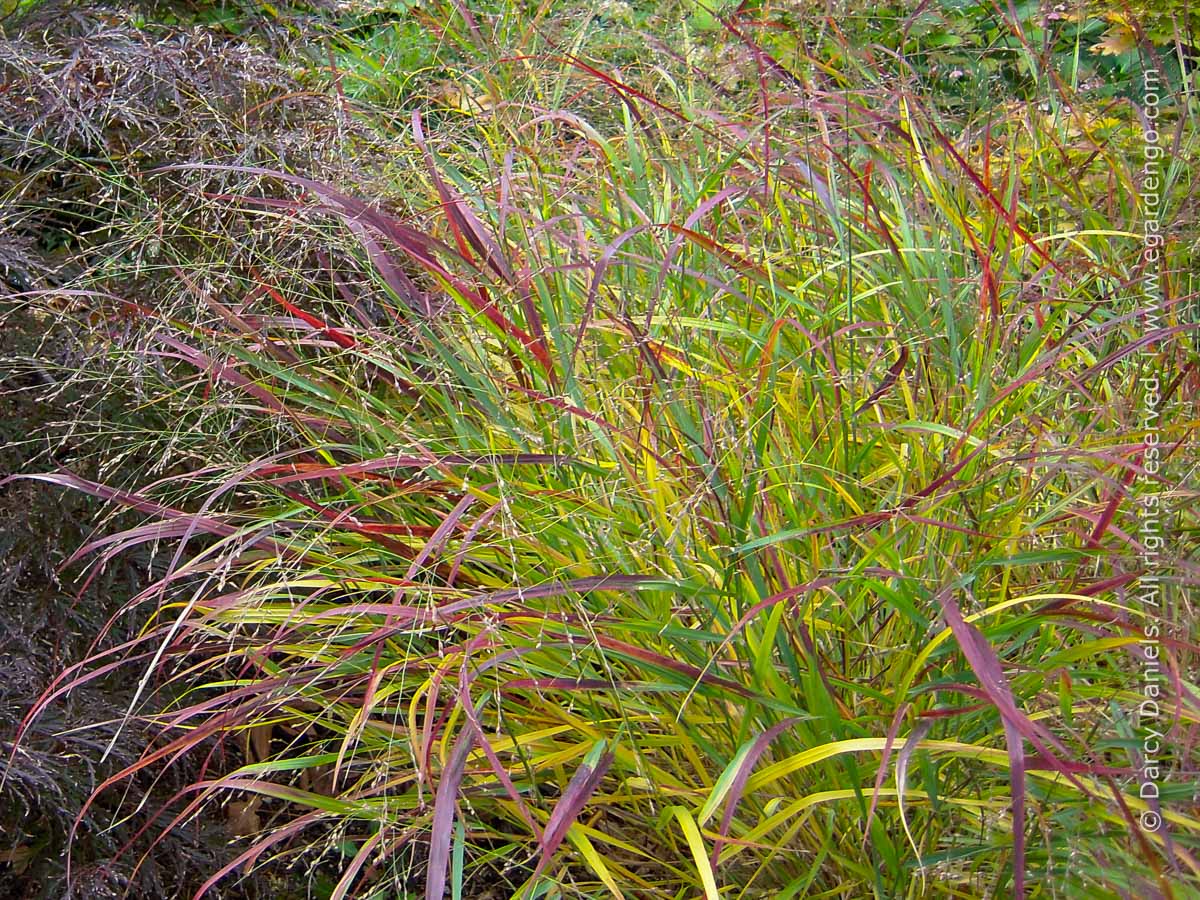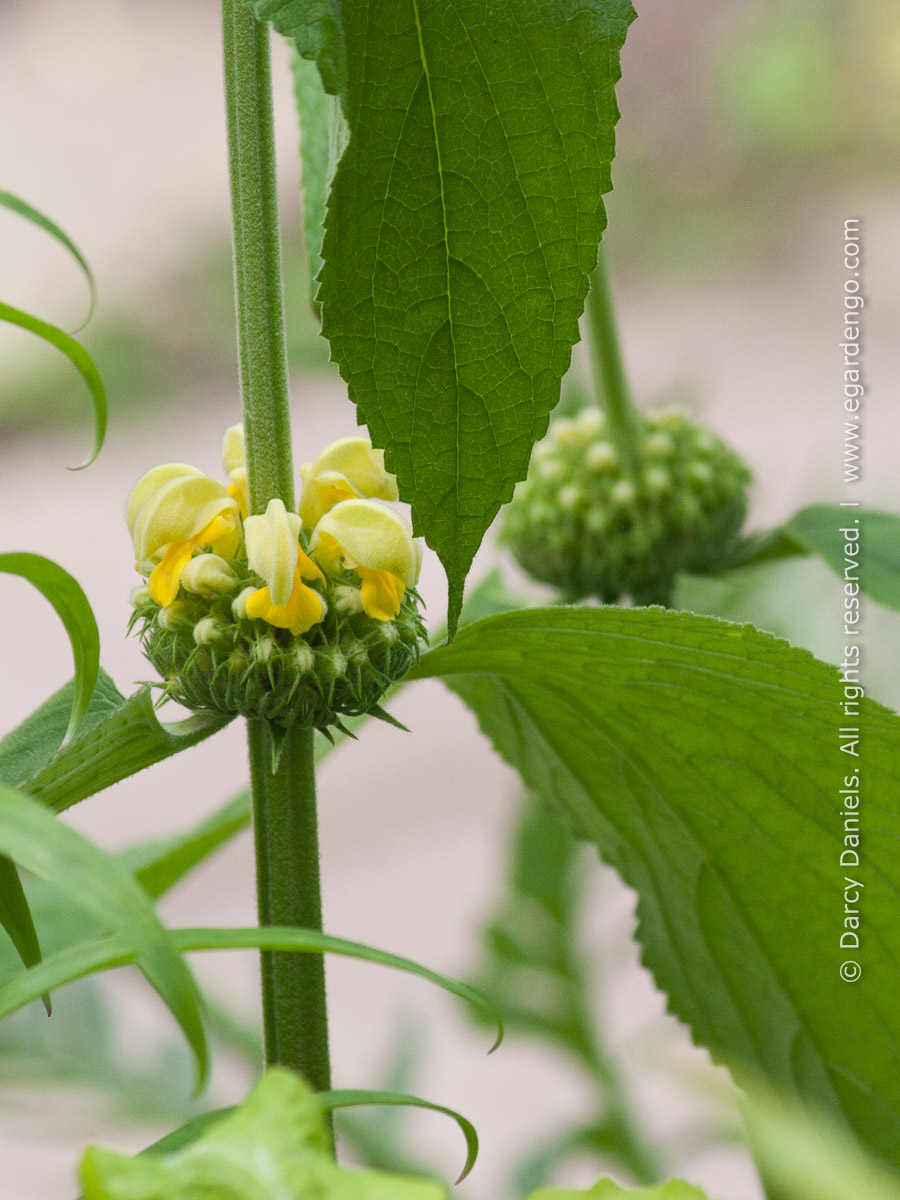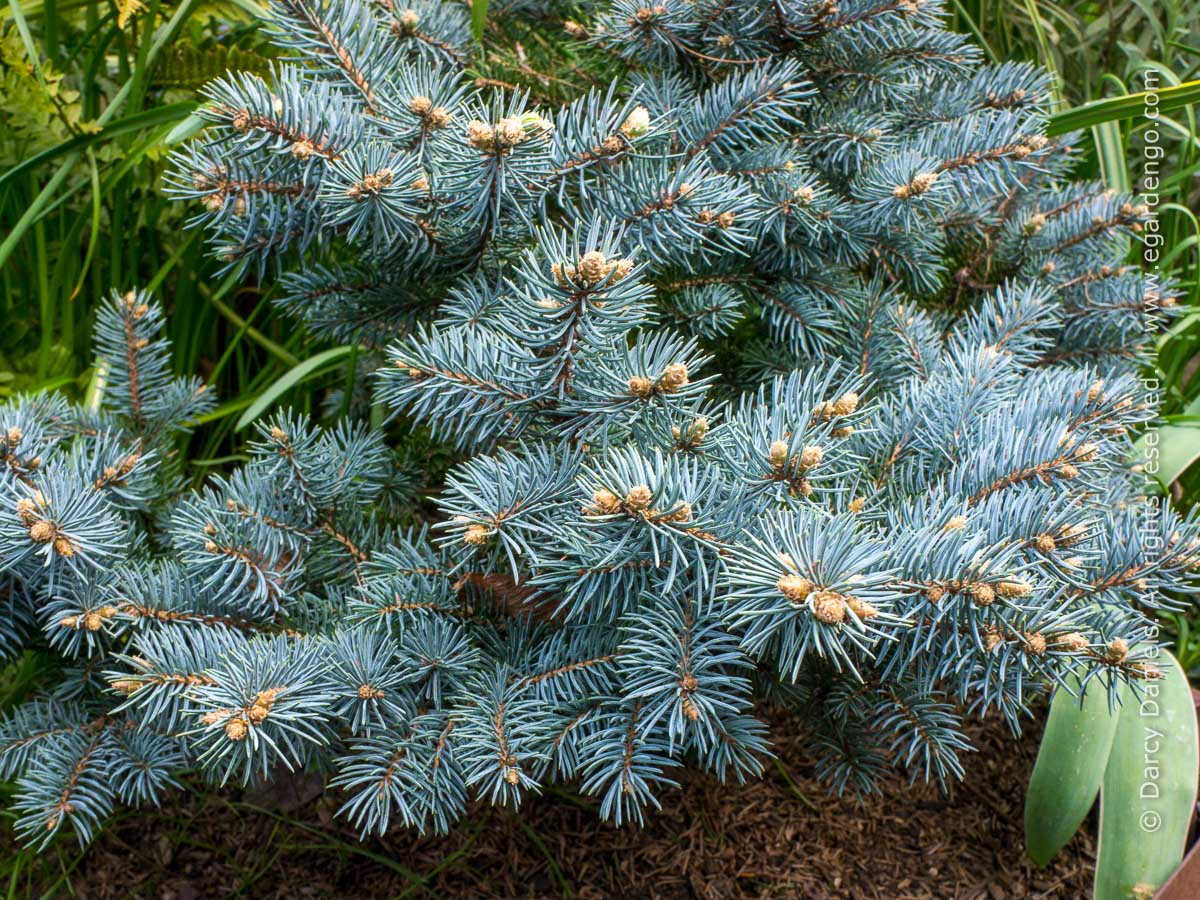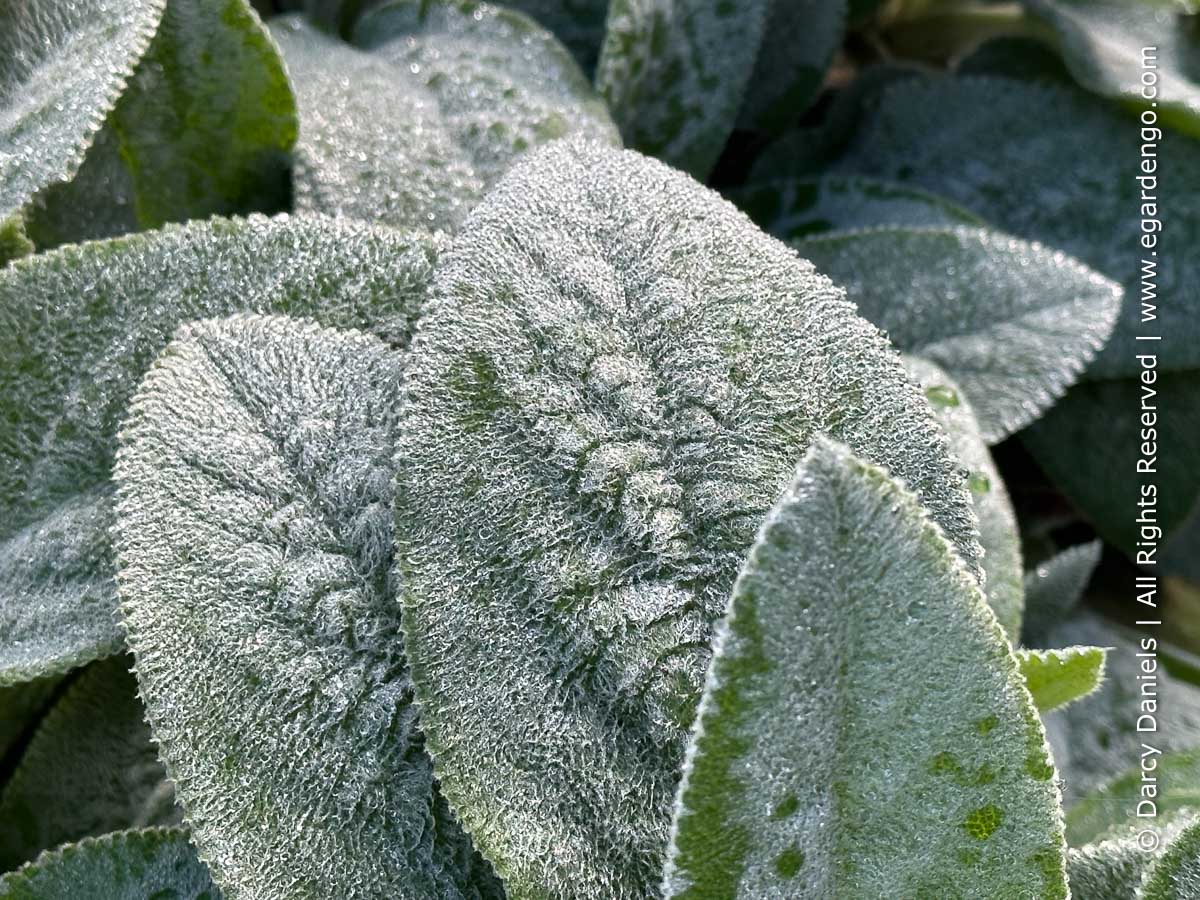Plant Combo for Sun with Fab Foliage and Summer Flowers
Growing Conditions
Zone:
7,
8
Exposure:
Afternoon Sun,
Full Sun
Water Needs:
Drought-tolerant,
Low,
Occasional
Design Considerations
Style:
Naturalistic,
Northwest Eclectic,
Waterwise,
Wildlife Friendly
Features:
Attracts Pollinator,
Deer Resistant,
Drought Tolerant,
Fabulous Foliage,
Fall Color,
Flower Fest,
Varied Foliage, Texture, and Form,
Wildlife Friendly
Focus:
Hellstrip / Parking Strip,
Mixed Border,
Pleasing Seasonal Flow,
Saving Water
Seasons of Interest:
Late Spring / Early Summer,
Late Summer / Early Fall,
Pleasing Seasonal Changes,
Summer,
Three Seasons of Interest
Care and Maintenance
Maintenance Level:
medium
Maintenance Tasks:
Deadheading,
Divide Plants to Rejuvenate
Plants In this Combo
-
Acer circinatum
Vine Maple
Type: Tree
view plant
Exposure: Part Sun, Full Shade, Part Shade, Filtered Sun, Morning Sun, Open Shade
Zone: 5, 6, 7, 8 -
Berberis thunbergii 'Admiration'
Admiration barberry
Type: Shrub
view plant
Exposure: Full Sun, Part Sun, Afternoon Sun, Filtered Sun
Zone: 4, 5, 6, 7, 8, 9 -
Cotinus coggygria 'NCCO1'
Winecraft Black® Smokebush
Type: Shrub
view plant
Exposure: Full Sun, Part Sun, Afternoon Sun, Reflected Heat
Zone: 4, 5, 6, 7, 8 -
Echinacea 'Cheyenne Spirit'
Coneflower
Type: Perennial
view plant
Exposure: Full Sun, Afternoon Sun, Reflected Heat
Zone: 4, 5, 6, 7, 8, 9 -
Lavandula stoechas 'Otto Quast'
Otto Quast Spanish Lavender
Type: Perennial
view plant
Exposure: Full Sun, Afternoon Sun, Reflected Heat
Zone: 7, 8, 9 -
Panicum virgatum 'Shenandoah'
Shenandoah Switch Grass
Type: Grass / Grass-Like
view plant
Exposure: Full Sun, Afternoon Sun, Reflected Heat
Zone: 3, 4, 5, 6, 7, 8, 9 -
Phlomis fruticosa
Jerusalem Sage
Type: Perennial
view plant
Exposure: Full Sun, Afternoon Sun, Reflected Heat
Zone: 7, 8, 9, 10, 11 -
Picea pungens 'Montgomery'
Montgomery Dwarf Colorado Blue Spruce
Type: Conifer, Shrub
view plant
Exposure: Full Sun, Part Sun
Zone: 2, 3, 4, 5, 6, 7, 8 -
Stachys byzantina 'Helene Von Stein'
Lamb's Ears, Big Ears
Type: Groundcover, Perennial
view plant
Exposure: Full Sun, Afternoon Sun
Zone: 4, 5, 6, 7, 8, 9

